1. Fugu Sashimi (Tessa)
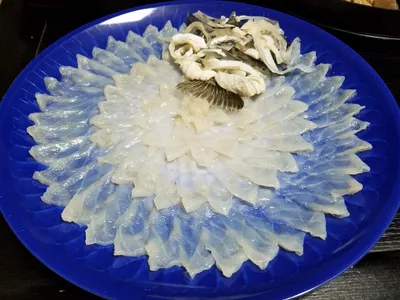
Translucent petals of pufferfish are fanned on porcelain like a dare in slow motion. Only licensed chefs can serve it, and the frisson is part of the bill. Diners describe a teasing tingle on the lips and an aftertaste of bragging rights. It’s equal parts ceremony, status symbol, and flirtation with fate.
2. Fugu Ovaries Nukazuke
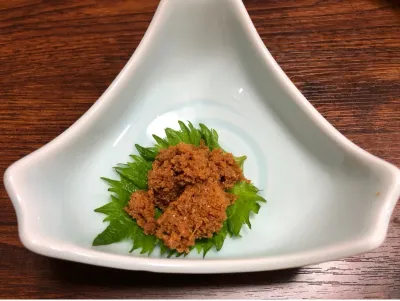
The most dangerous part of the fish becomes a hush‑hush delicacy after a long, careful burial in rice bran. In a handful of prefectures, specialists detoxify it over months to years, turning peril into perfume. The result is funky, saline, and hauntingly rich. It’s a culinary alchemy that feels almost illegal because it nearly is.
3. Ikizukuri (Live-Presentation Sashimi)
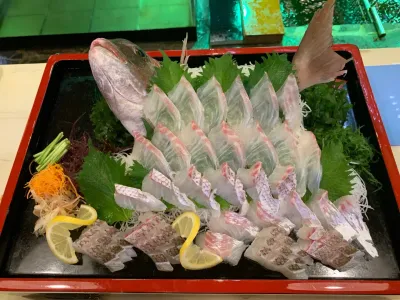
Sashimi is carved to order while the fish still twitches, a performance that tests stomachs and ethics. Admirers swear the texture is electric and impossibly fresh. Critics see theater overshadowing flavor and a line crossed for spectacle. Either way, it’s a course that makes the whole table hold its breath.
4. Shirako (Milt)
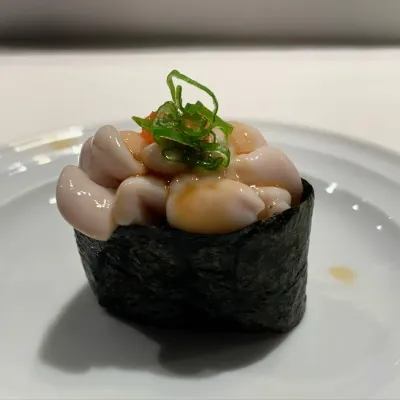
This winter delicacy is velvety and custard‑soft, yet its name—“white children”—makes the room blush. Served lightly warmed or raw, it’s ocean‑sweet with a whisper of smoke. Fans call it the silk tie of sake bars; skeptics can’t get past the idea. It’s seduction by texture more than taste.
5. Hachinoko and Hebo (Wasp Larvae)

Mountain families caramelize larvae with soy and sugar, spooning glossy pearls over hot rice. Grandparents beam with nostalgia while newcomers negotiate the first bite. The flavor is nutty and savory; the thrill is psychological. Festivals celebrate it with pride that stings just a little.
6. Kusaya (Island Fermented Fish)
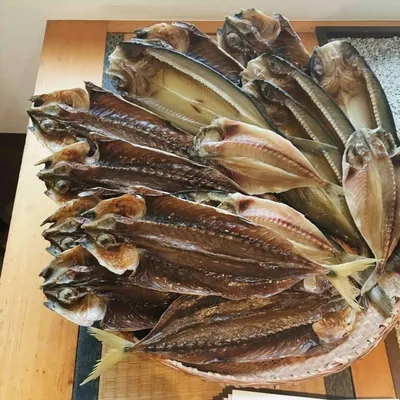
A centuries‑old communal brine perfumes entire alleys long before the fish hits the grill. The smell is sulfurous, shocking, and absolutely not sorry. But the taste is gentle, profoundly savory, and weirdly clean. It’s the olfactory prank that becomes your secret addiction.
7. Funa‑zushi (Ancient Fermented Carp)
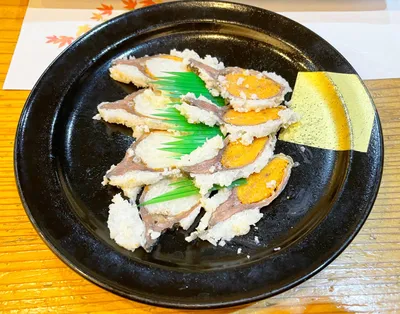
Before sushi was vinegared rice, it was fish fermented for months under weight and patience. From Lake Biwa, the carp emerges tangy, cheesy, and aristocratically funky. It’s a time capsule that divides modern palates right down the middle. History has never tasted so argumentative.
8. Basashi (Horse Sashimi)
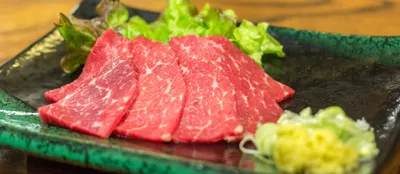
Chilled ruby slices arrive with ginger and garlic, shifting the room’s energy to hushed curiosity. In places like Kumamoto it’s a badge of regional pride. For others, it’s a moral speed bump with a deliciously slippery texture. One bite and dinner turns into a philosophy seminar.
9. Torisashi and Toriwasa (Raw or Lightly Seared Chicken)
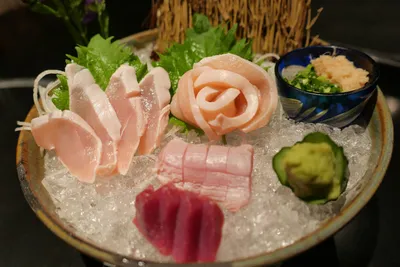
Served only by specialists with pristine sourcing, it’s the ultimate trust fall in a bowl. The taste is clean and delicate, more about texture and temperature than chicken flavor. Critics call it reckless; devotees call it purity. The debate is as sizzling as the brief sear on toriwasa’s edges.
10. Zazamushi (River Insects)

Collected from stony riverbeds and simmered sweet‑savory, these critters crunch like candied nuts. Nagano locals savor them as winter protein with a folklore finish. The sauce is comfort; the shapes are a dare. It’s campfire courage dressed in lacquered shine.
